5. A. Lange & Söhne L951.6
The hand-wound Caliber L951.6 by A. Lange & Söhne powers the brand’s Datograph Auf/Ab timepiece and, as you can see from the photo, has an incredibly high level of finishing and craftsmanship. The balance bridge has that traditional Glashütte finish (hand-engraving) and all the movement parts are meticulously finished as well. All the parts — even the balance spring — are manufactured in-house. This particular movement consists of 451 parts, which means assembly is surely a painstaking job for Lange’s watchmakers in Germany. Although I have much respect and admiration for all Lange movements, the one in the Datograph Auf/Ab (Up/Down) movement is definitely one of my favorites.
6. Omega Caliber 9300
In 2011, a few years after the introduction of its in-house-developed-and-produced Caliber 8500-family of movements, Omega introduced the Caliber 9300 chronograph movement, which was also entirely developed and manufactured in-house. This impressively large caliber has the brand’s renowned co-axial escapement, a column-wheel mechanism, and a silicon balance spring. The movement has a 60-hour power reserve. So far, Omega has only used Caliber 9300 in its Seamaster Planet Ocean chronographs and Speedmaster Caliber 9300 watches, including the Speedmaster “Dark Side of the Moon.” Caliber 9300 has a two-register layout in which the subdial at 3 o’clock shows both the recorded hours and minutes. This subdial can also be used as a second-time-zone indicator if used cleverly. A review on the Omega Speedmaster 9300 can be found here.
7. TAG Heuer Caliber 1969
Remember the uproar when it was revealed that TAG Heuer’s Caliber 1887 movement was based on a Seiko chronograph caliber? Even though TAG Heuer modified it, and is producing it in Switzerland, the word “Seiko” lit a fire under some diehard Swiss-watch fans. This year, TAG Heuer introduced another new chronograph movement, Caliber 1969. The caliber number refers to the year that TAG introduced its first mechanical, automatic chronograph movement, Caliber 11. And it should be noted that this movement has nothing to do with the more controversial Caliber 1887. It is a tricompax chronograph (subdials at 9, 6 and 3 o’clock) and has a power reserve of 70 hours. There are no watches available with this movement yet, as TAG Heuer just recently announced it and officially opened the production facility. I can only hope it will do a perfect re-edition of some of the classic, vintage Heuer watches that used the Caliber 11 movement in the past.

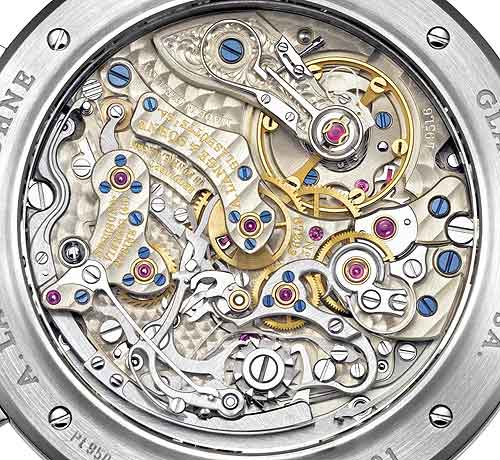
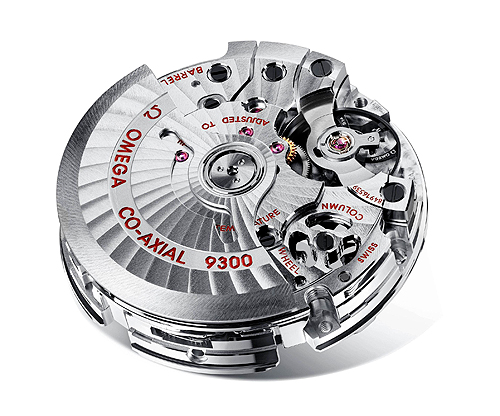
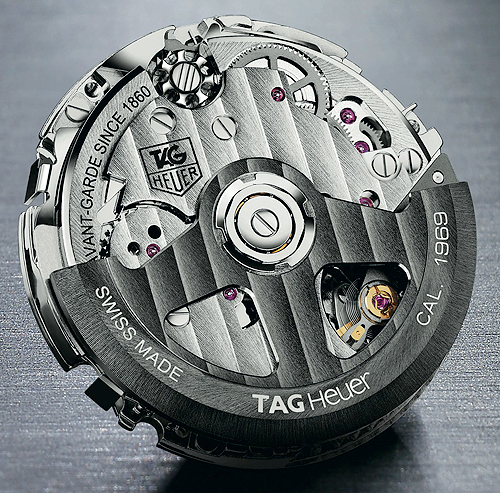

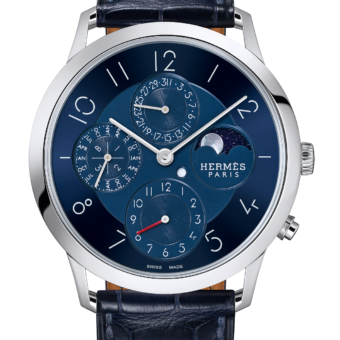



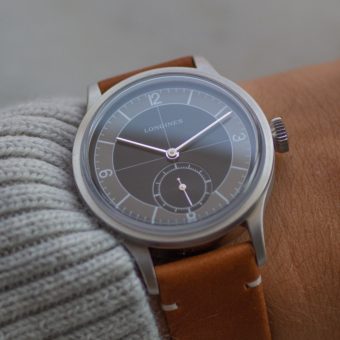
Anyone have any experience with the Cartier 1904CH? Column wheel and verticle clutch puts it with the big players but wondering how it performs.
The Valjoux 7750 movement has been nothing but brilliant in my experience and it is a shame that it has not featured here. My personal favourite watch with this movement is my Tissot PRS516 which I purchased in 2009. It is NOT a certified chronometer but still keeps time well within chronometer specs even after 5 years! Which begs the question…should I have it serviced or leave it alone?? I believe the Valjoux 7750 movement was designed in 1972 by Edmond Capt only a year after he left Rolex. The movement officially went into production in 1973 and is still widely used today due to its availability, durability and serviceability.
Nice list!
Like Bill I miss the V7750, but also the Calibre 11.
I guess there just wasn’t enough space for 2 more calibres in a top10 list ;-)
Great article, thanks!
Regards,
Bart
I’ll bite……why is the Valjoux 7750 not on your list?
+1